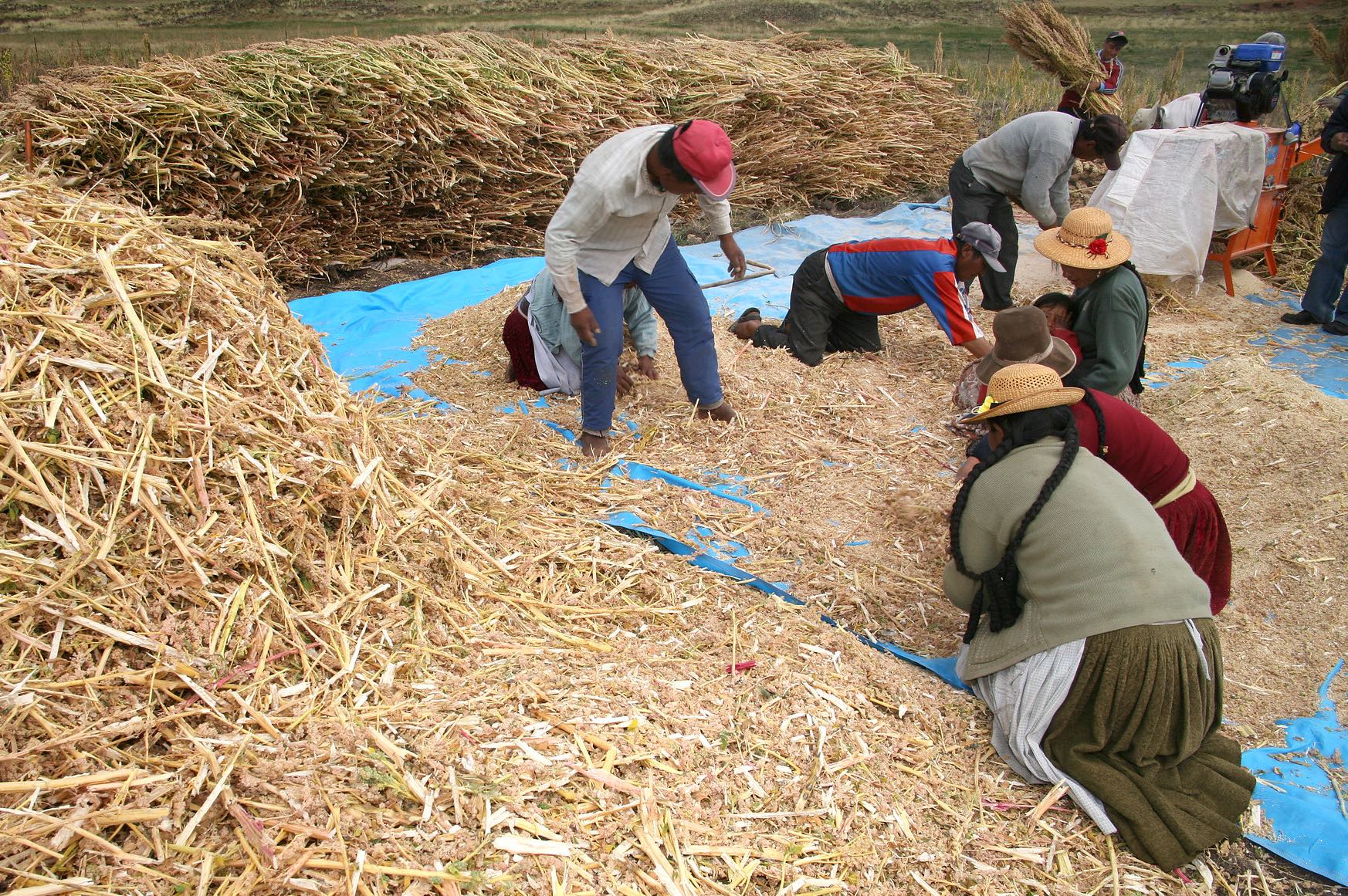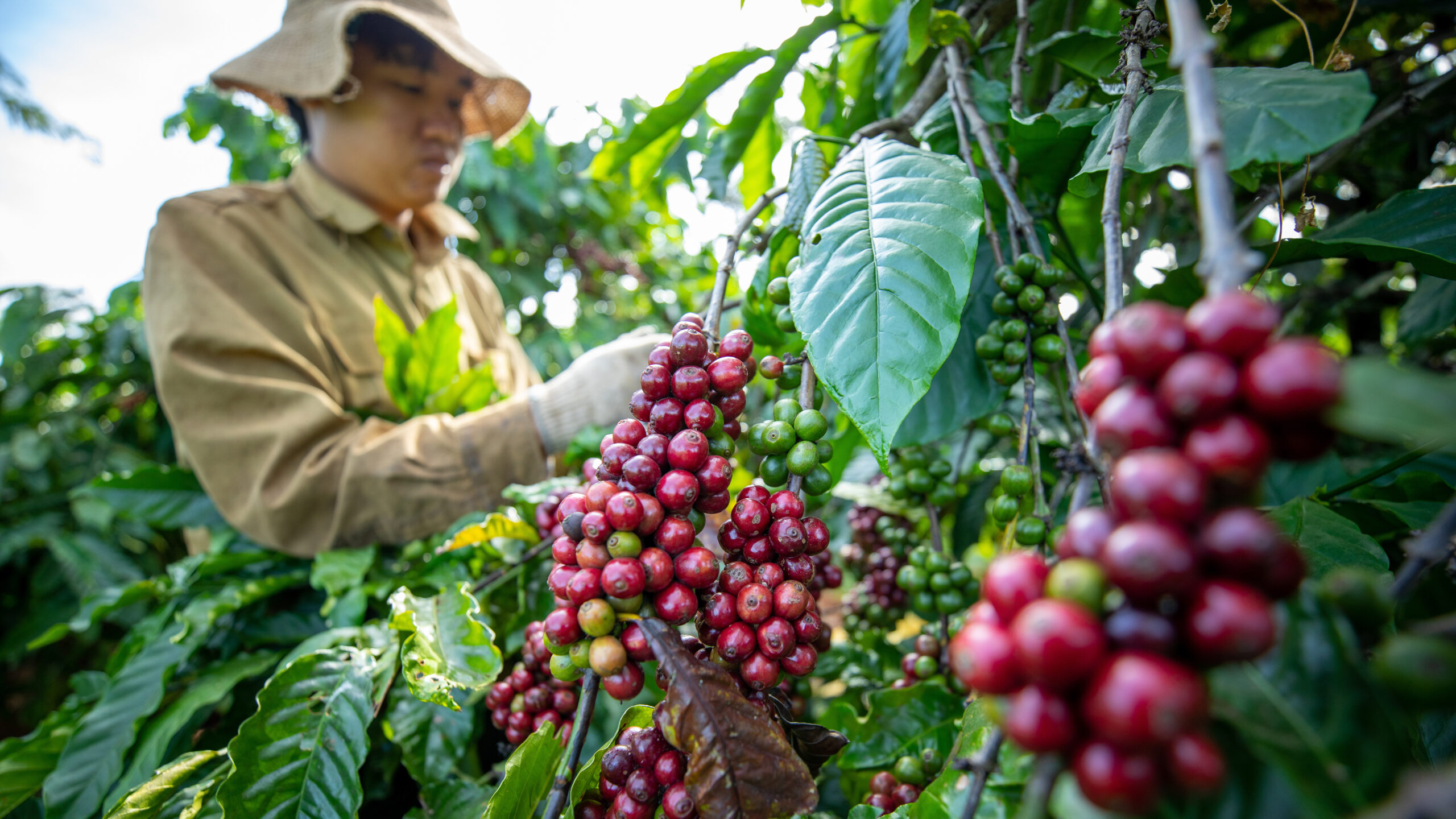Recent crisis-driven increases in food and nutrition insecurity, coupled with the growing threat of climate change, have highlighted the need for drastic changes in our food systems. In this context, expanding the cultivation and consumption of neglected crops presents a valuable opportunity to improve livelihoods and nutrition and reduce environmental impacts of food production—if sufficient resources can be invested into research and development. Neglected crops have historically provided a healthy source of food to local communities, but fell out of production in favor of modern staples such as standard varieties of maize, rice, and wheat.
Latin America is a particularly rich source of neglected crops—some, such as quinoa and acai, have seen a recent rise in global popularity, while others, including native maize varieties, have potential for expansion. The potential of neglected crops in Latin America lies not only in their nutritional and economic value but in the cultural significance they have for local communities that have cultivated them, sometimes for centuries.
Economic benefits
Neglected crops play an essential role in the food systems of many Latin American countries. These are often locally sourced, and expanding production can provide opportunities for small-scale farmers and producers. For example, quinoa, a grain native to the Andean region, has become a popular food globally and has boosted the economies of Bolivia and Peru. Small scale producers in these countries have benefited from the increased demand, which has led to the rapid expansion of quinoa production and large increases in household consumption for quinoa producing households.
Other foods hold similar economic potential.
Cañihua, a close relative of quinoa that thrives at altitudes above 3800 meters, is an important source of proteins, lipids, vitamins, and other nutrients for subsistence farmers in Bolivia and Peru. Recently, it has been grabbing attention for its marketing potential as a health food.
Historically, native communities grew many varieties of maize, with a wide range of size, shape, and color. Over time, these were replaced by a small number of modern varieties that have come to dominate global commodity markets. However, new initiatives have emerged, such as the MILPAIZ classification and product label for native Mexican maize, developed by ProMaiz Nativo with support from the International Maize and Wheat Improvement Center (CIMMYT), to highlight the value of these crop varieties and create market opportunities for smallholders.
Cultural value
Many neglected crops are an essential part of the Latin America region’s cultural heritage and identity, and their production and consumption help preserve traditional knowledge and practices. For example, the tuber oca has been cultivated in Andean countries for centuries and many varieties are still grown by smallholder farmers.
Nutritional value
Many such Latin American crops are also highly nutritious, so expanding production can contribute to food security and health. For example, the Brazilian acai berry is high in antioxidants, which can promote heart health among other benefits. Acai fruit have gained global popularity as a healthy food. Similarly, many varieties of native potatoes grown in Latin America are more nutritious than those commonly found in supermarkets and provide a key source of vital micronutrients for households in a region with challenging growing conditions.
Sustainability
Many neglected crops developed over millennia as part of local ecosystems. As a result, they may have natural resistance to pests and the ability to grow in adverse conditions with minimal human interference and relatively little environmental harm. These foods are often key to traditional farming practices that promote biodiversity and conservation. By cultivating and consuming these foods, local communities contribute to the preservation of diverse plant varieties and genetic resources, which have intrinsic economic value and foster resilience in food systems. As Oscar Ortiz, Director General of the International Potato Center (CIP) has noted:
“For more than 30 years, crop breeders have used that agrobiodiversity to develop new varieties. They use conventional breeding approaches which combine elevated nutritional levels, tolerance to heat, drought and soil salinity, and resistance to major diseases, with locally desired characteristics, such as flavor, texture, or processing quality.”
Challenges
Despite all the advantages of neglected crops, expanding their cultivation and consumption in Latin America presents many challenges. Farming communities often lack well-established market channels, restricting their ability to reach wider consumer bases. Inadequate transportation, storage facilities, and infrastructure make it difficult for producers to connect with buyers and distribute their products efficiently.
Lack of investment in R&D for neglected crop systems poses another challenge. This limits opportunities for improving cultivation techniques, increasing yields, building processing capacity, and enhancing product quality. Without sufficient resources and support, farmers may struggle to adapt to changing market demands and technological advancements. CGIAR has attempted to address these gaps with over 40 years of participatory research. For example, the International Potato Center utilized participatory market chain analysis (PMCA) to improve market access for smallholders in Peru. The Totomoxtle project in Mexico has also provided new business opportunities for smallholders to produce native maize varieties while also promoting reforestation and sustainable growing practices. Similar initiatives could unlock the potential of oca, cañihua, ramón nut, prickly pear, kiwicha, and countless other neglected crops found in the region.
Neglected crops also must contend with the market domination of cheaper, mass-produced alternative products found in most supermarkets. These do not have the same cultural and nutritional value, but are generally more readily available and affordable, keeping consumer preferences focused on less nutritious diets.
Addressing these challenges requires a multifaceted approach including supporting farming communities through improved market access, infrastructure development, research and innovation, intellectual property rights protection, and addressing socioeconomic disparities. Recognizing the economic potential of neglected crops and promoting sustainable practices can help enhance their contribution to local economies and preserve cultural heritage.
Latin America’s rich array of neglected crops has tremendous potential in addressing some of the problems food systems face now and in the future. Tapping that potential will require focused policies to encourage expanded production, better market access, and to appeal to consumers in the region and globally. A persistent effort can help transform diets, making them more diverse, nutritious, and sustainable.
Lysiane Lefebvre is Policy Advisor and Project Manager at the Shamba Centre for Food & Climate; Valeria Piñeiro is Acting Head of IFPRI's Latin American Region and Senior Research Coordinator with the Markets, Trade, and Institutions (MTI) Unit; Brian McNamara is an MTI Program Coordinator. Opinions are the authors'.







